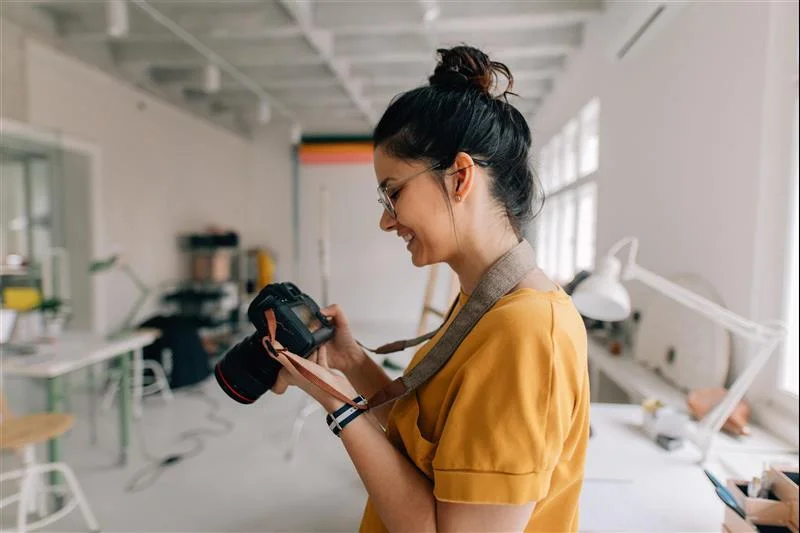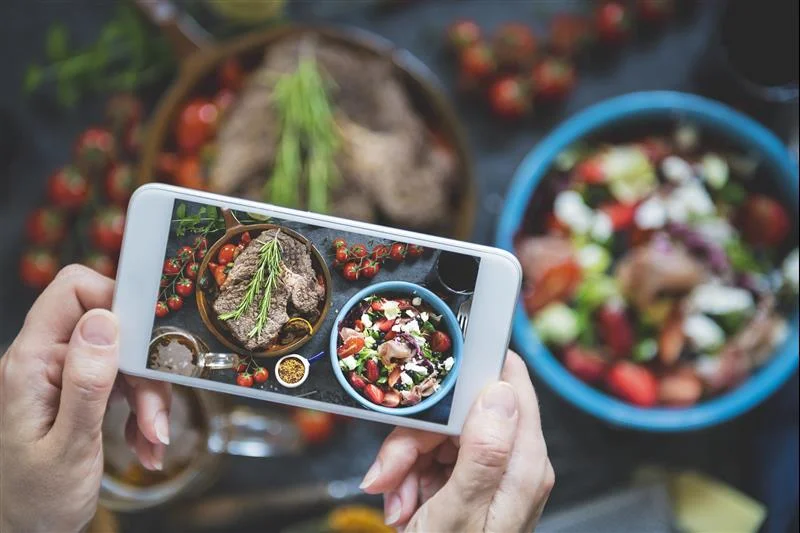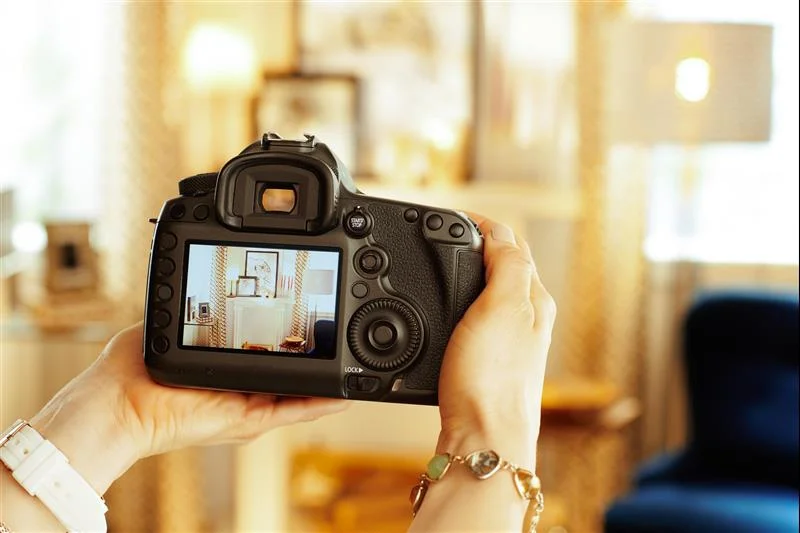In this section, we will review briefly the right and wrong shots to have.
1. Exterior Shots - Get exterior shots that help market your place. If these shots are on your website it also helps to give arriving guests confidence in knowing they are at the right place. But it also helps them visualize themselves enjoying your property. Especially, if you have a pond, garden, or outside seating for example.
2. Accommodations - Of course, provide pictures for the guests of where they are going to be staying. I would suggest getting two horizontal shots from different directions. Try to get three walls for visual interest. If you would like to include a close-up shot for contrast that is also a great idea but it shouldn't be your showcase or featured image. It should be third or fourth in line with your different photos. Some properties will take a photo of them pushing on the plush mattress, others will feature an additional amenity in the room, just to name a couple of examples.
3. Amenities - what stands out or makes your property unique? Be sure to include some photos of these items you are proud of.
4. Common areas - Fireplaces, pool or hot tub, lounge area. Don't spend too much time taking photos of items that can just be added to a list. For example, the TV or a coffee maker can just be listed.





